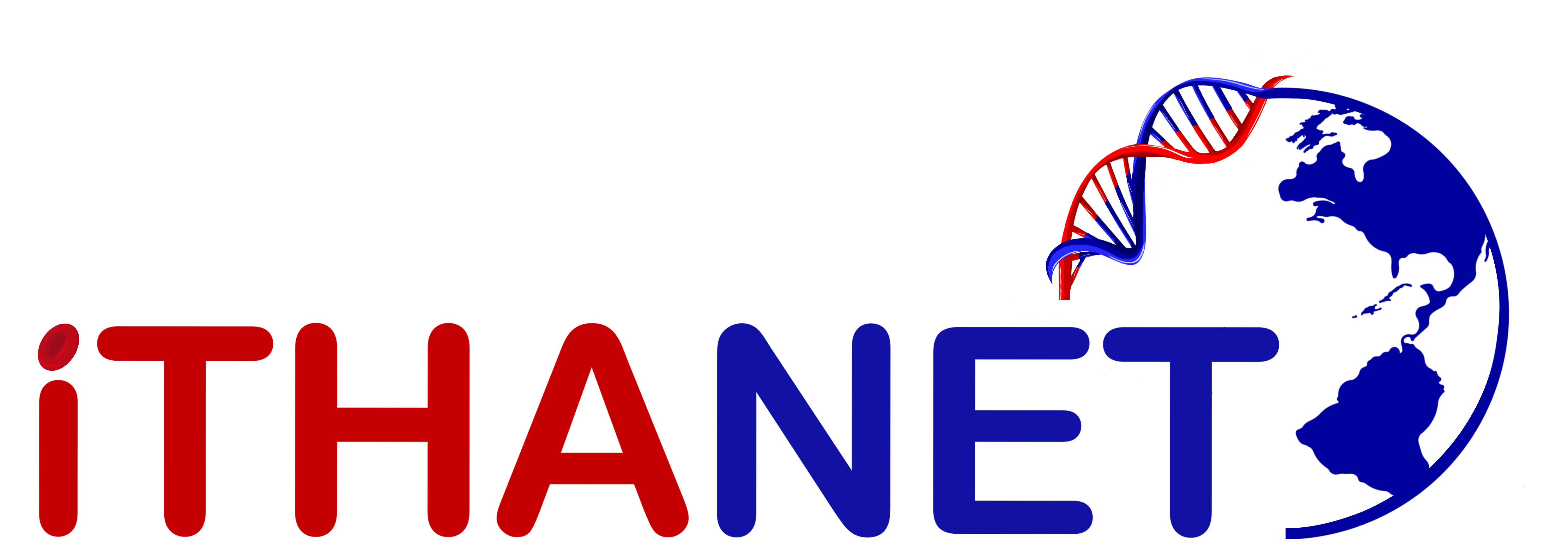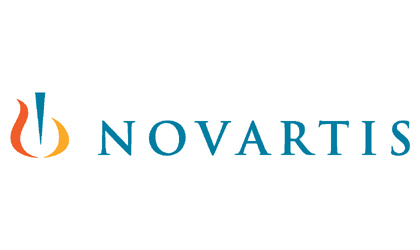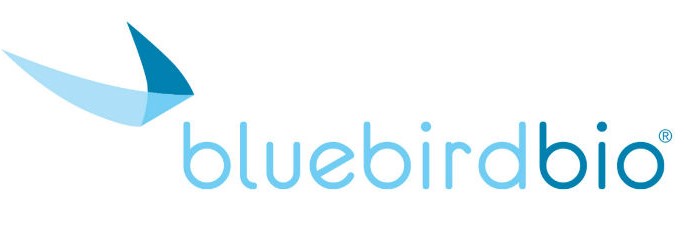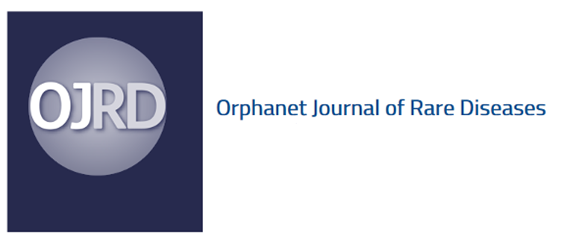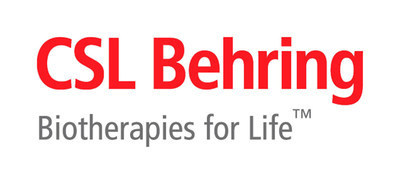
CSL889 (CSL Behring) was granted orphan drug designation from the European Commission and the U.S. FDA Office of Orphan Products Development for the treatment of sickle cell disease (SCD). CSL889 is an investigational, plasma-derived hemopexin for the treatment of acute vaso-occlusive crisis (VOC), a common painful complication of SCD. Hemopexin scavenges free heme from the vasculature, conferring protection against inflammation and oxidative stress. Hemopexin levels are often depleted in SCD patients and low levels of hemopexin have been associated with increased risk for acute VOCs. An open-label Phase 1 clinical study has been initiated to assess key safety and pharmacokinetic variables of CSL889 (NCT04285827). Enrollment is currently open at two treatment sites in the U.K. More info: CSL Behring press release
